Pink aquarium fish: an overview of the species and recommendations for care

Pink fish become a decoration of any aquarium. By purchasing a flock of babies of delicate color, you can guarantee yourself pleasant emotions from observing them on a daily basis.

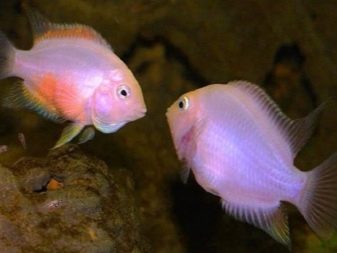
Overview of varieties
Pink aquarium fish in most cases are also characterized by ease of care. The first name that comes to mind in this case is zebrafish. Small creatures, the body length of which does not exceed 6 centimeters, are considered one of the most popular, especially for novice aquarists. They are very friendly, easy to breed, and live in flocks of five. The pink variety is called pink zebrafish.
The body of the fish is flattened on both sides, and two pairs of whiskers are located at the edge of the mouth. The abdomens of creatures are colored pink, while in sexually mature males they turn bright pink. The color of the scales is quite complex - it is a combination of gray, green, blue and even olive shades.
The maximum possible adult size is 8 centimeters.
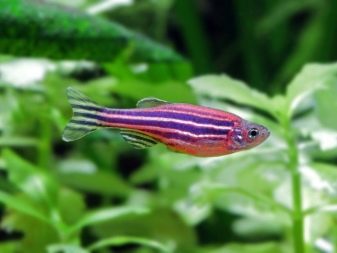
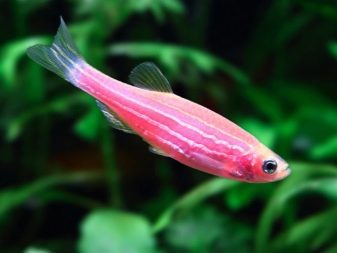
A comet, a representative of the cyprinid family, may also have a pink color. Like the zebrafish, she is completely unpretentious in terms of care, friendly and attractive. The elongated body ends with a forked tail fin, resembling a ribbon in its appearance. The length of the tail is sometimes 75% of the length of the entire body of the creature. All of the comet's fins are elongated. The color can be varied, but those specimens whose fins contrast with the rest of the body are much more appreciated.
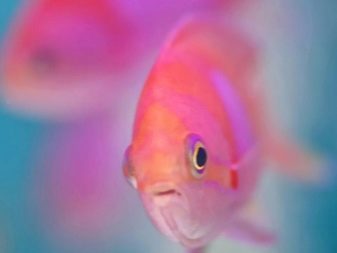
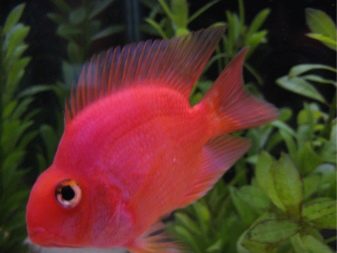
Lalius from the macropod family also boasts a pinkish color. The unpretentiousness of aquarium inhabitants is manifested due to their natural habitat - in nature they live in rather dirty and actively heated water bodies. A feature of this species is the ability to breathe both with gills and by capturing oxygen directly from the surface of the water. The pink color of lalius is close to coral, which makes it bright and beautiful. The maximum body size of a fish is 6 centimeters. They live in artificial conditions for two to three years.

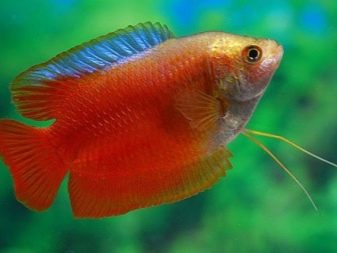
The flat body of the fish is equipped with a long upper fin, almost reaching the tail. In males the fin is sharp, in females it is round. Lateral fins, similar to transparent threads, are responsible for the sense of touch of an underwater inhabitant. The surface of the body is covered with stripes, but almost all of the fins are decorated with specks. The character of the Lalius is peaceful and even shy, therefore, skirmishes can be expected only during the spawning period and only between males of the same flock.
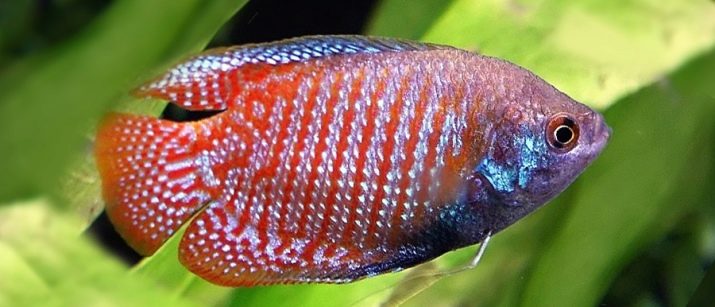
Beautiful platy, like the above creatures, is very unpretentious, and therefore loved by aquarists. A deep pink, almost red hue - just one of a dozen possible colors. The maximum size of the creature is 10 centimeters, and the females are larger than the males. Speaking of pink fish, we must not forget about scalars from the cichlid family. The disc-shaped inhabitants of the underwater world have high fins and unusual coloration. With good care in aquarium conditions, they live from 10 to 15 years.
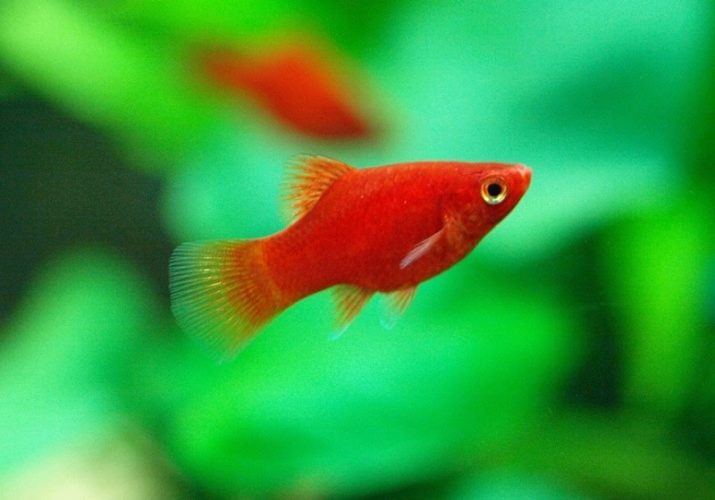
How to choose?
To select a pink inhabitant for an existing aquarium, it is necessary to consider both the compatibility of the fish with other inhabitants and the required conditions in terms of temperature, lighting and water composition. It is better to choose those varieties that are not aggressive, do not eat fry and miniature neighbors, and are also not particularly demanding.
Conditions of detention
In general, the content of pink fish in the tank can be considered with the example of zebrafish, as they turn out to be the most common choice for aquarists. The most suitable capacity is considered to be a fifty-liter vessel made in the form of an elongated rectangle. Its bottom is covered with fine pebbles or coarse river sand, previously washed or calcined in the oven. From vegetation, pink zebrafish prefers specimens with small foliage. Thinking over the lighting, it makes sense to fix the fluorescent light bulb closer to the front wall of the aquarium. This will allow not only to provide the required length of daylight hours, but also to beautifully highlight the nacre of the scales.
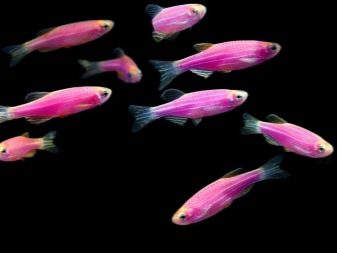
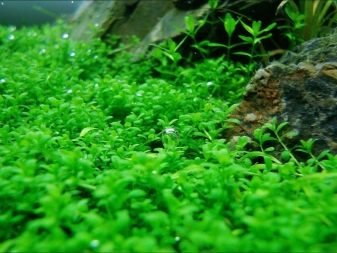
A good solution is to get two or three hours of sunlight exposure. The water temperature can be room temperature, about 20-23 degrees Celsius. There are no special requirements for its composition, but a low salt content is important. For constant and high-quality aeration, you cannot do without an appropriate device. In addition, 20% to 30% of the total volume will have to be replaced once a week. The aquarium should have a cover that will protect the contents of the tank from debris and pets, as well as prevent the creatures from jumping out of the water.
The zebrafish should be populated in small flocks, the number of individuals varying from 7 to 10 pieces. Since fish have a peaceful and friendly character, swordsmen, loaches, mollies and others can be added to them as neighbors. It is better to make feeding varied. There should be both live and frozen food, and herbal ingredients, and ready-made formulations enriched with the necessary vitamins. In this case, we are talking about bloodworms, daphnia, insects with larvae and other products.
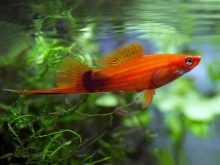
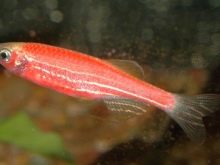
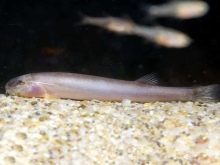
Feeding is usually done once or twice a day, in small amounts. The main condition is to give the fish such an amount of food that they have time to eat it in an interval of 3 to 5 minutes. Ideally, the food pieces shouldn't even reach the bottom in time. Overfeeding the inhabitants of the aquarium is strongly discouraged, since excess food causes obesity, accumulation of toxins in the body, and also contributes to bloating. If preference is given to dry commercial mixtures, then they must necessarily be branded and manufactured by reputable manufacturers, for example, Sera or Tetra. For zebrafish plants, finely chopped leaves of dandelion, lettuce, or spinach are recommended.
Fish always respond well to boiled and finely chopped egg yolk.

Danio has good immunity, but still suffers from certain diseases.caused by improper conditions of detention or care. The most common disease is ichthyophthyroidism, as a result of which the fish begin to actively scratch on the ground, and their fins become covered with a white coating, reminiscent of grains of semolina. This disease appears due to ciliates, affecting the weakened immunity of the fish. This, in turn, is the result of sharp temperature fluctuations or an unbalanced diet.
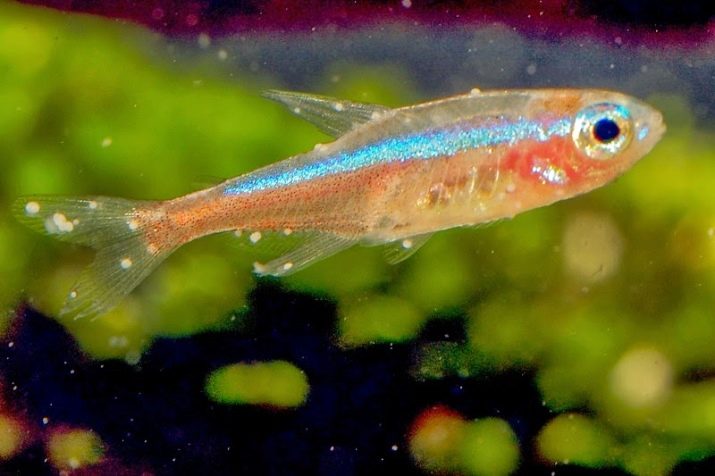
Breeding tips
Males and females can usually be distinguished by both coloration and size and behavior. When it comes to pink zebrafish, females are slightly larger and slower than males. The color of the females is muted, but the males stand out for their slender body, the surface of which is covered with bright stripes or spots. In order to breed zebrafish, you will need to organize a separate tank of such a volume that about 15 liters of water per fish. Otherwise, the caviar in the general aquarium will be eaten up rather quickly.
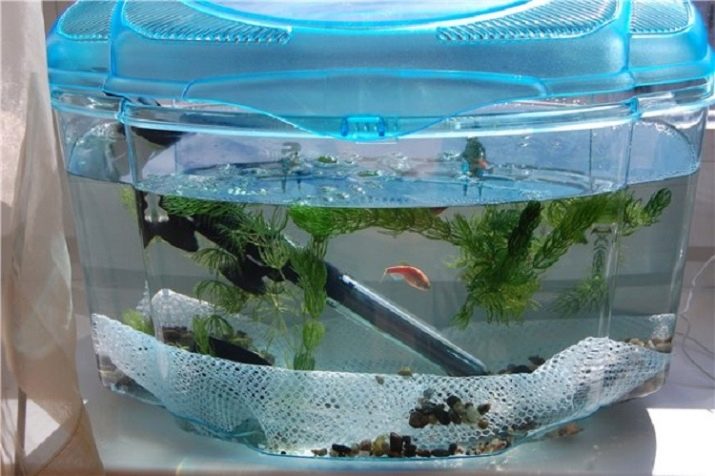
The bottom of the container is covered with moss or plant components, as the presence of soil or sharp stones will lead to injuries. To prevent the bottom from floating up, it can be fixed with small rounded pebbles. The water in the spawning tank should be a few degrees warmer than in the main tank. Light aeration is also important. First of all, the female is transplanted into a separate container. Her diet is made more nutritious - for example, it is made up of a core, saturated with useful substances. There should be no fat in food.
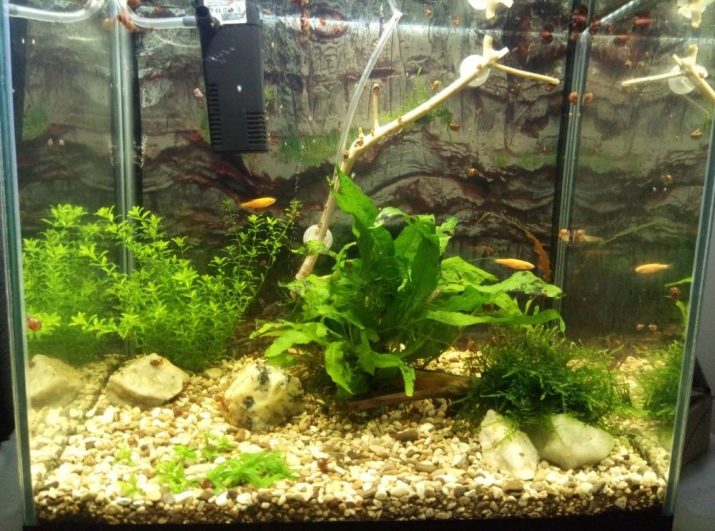
To proceed to the next stage, it is necessary to wait for the female's belly to round out. This usually happens on the tenth or fourteenth day. At this moment, it is already possible to add a couple of males to the spawning grounds and start turning off the light at night. In the morning of the next day, the female will begin to spawn, which can last up to several hours. At a time, from 100 to 200 eggs are produced, which are white balls, which slowly sink to the bottom of the tank.
The fry will appear in three days, but you will have to wait another day before feeding them. First, ciliates, plankton and live dust, as well as dry egg yolk are used for this purpose. With the development of fish, nutrition can be complicated.
After five weeks, if the body length has already reached 2-2.5 cm, the grown fry can be transplanted into a common reservoir.

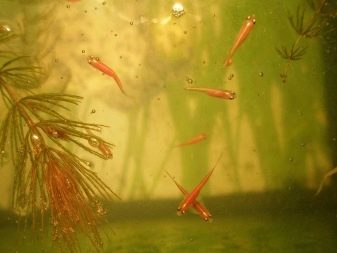
The content, types and reproduction of zebrafish in the video below.








